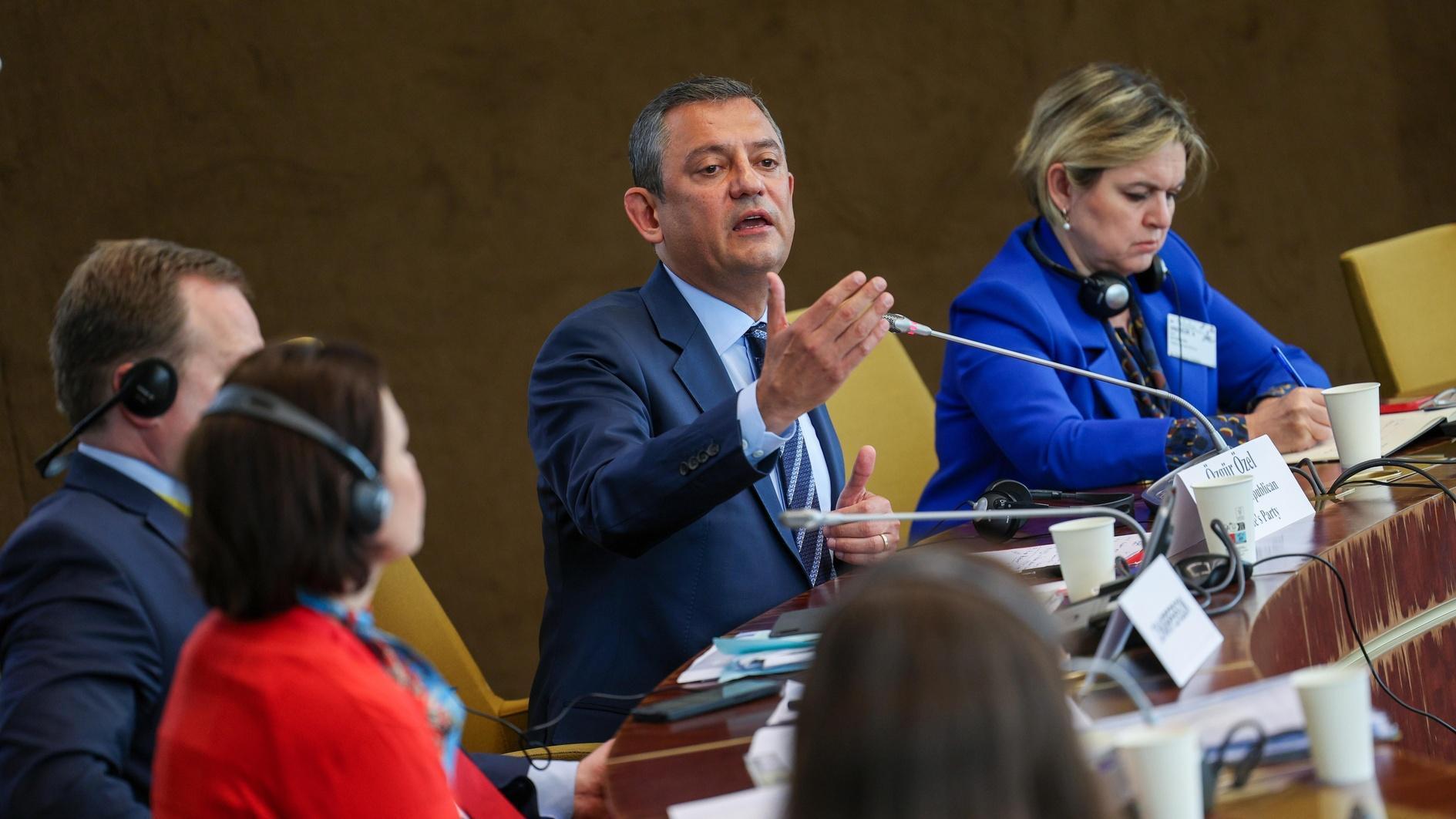Banking, but not saving
They have bank accounts, but they don’t save. That’s Turks according to the recent results of the Global Financial Inclusion Index. I find the 2011 results for Turkey fascinating. I noted last week in this column that from the 1980s to 2010, domestic savings in Turkey went down from about 25% to 12%. That drastic decline requires an explanation. The question there is rather simple: “Why are Turks not saving?” Now the 2011 results of the Global Financial Inclusion Index bring us to the logical next question: Why are Turks prefer bank credit cards but not bank savings accounts?
But first, the story of the index. The Global Financial Inclusion (Global Findex) Database is a World Bank project funded by the Bill & Melinda Gates Foundation. It measures access to financial services and institutions throughout the world. That means it looks at how people in 148 countries -- including the poor, women, and rural residents -- save, borrow, make payments and manage risk. Data is collected through a survey that includes 18 simple questions. Two bank economists are running the project: Aslı Demirgüç-Kunt and Leaora Klapper.
So what is Turkey’s situation in 2011? Roughly half of living adults around the globe hold accounts in financial institutions. In high-income countries, the ratio of adults using bank services reaches 90%. Turkey is at about the average, with 58% of adults holding accounts in formal financial institutions. So on the global map, Turkey looks as you would expect any upper middle-income country to look. But that changes when it comes to savings rates. In 2011, 22% of adults in 148 countries accumulated savings. On this map, Turkey is definitely not an upper-middle income country. Now keep in mind that averages have no character, they do not convey messages. 33% of adults living in upper middle-income countries saved in 2011. That number is a meager 9.5% for Turkey. Granted, this is a single figure, but it supports the above notion.
What is even more interesting to me is the share of adults having credit cards. In the upper middle-income countries, only 12% of adults have credit cards. This figure is around 9% worldwide. Here Turkey again breaks from the pack, with 45% of adults having credit cards. Taking a general look at the figures, I have made three observations. The first observation is that the Turks have bank accounts, but not for saving. Secondly, Turks don’t save, but they don’t borrow from banks either. They tend to borrow from family and friends. Finally, Turks don’t like to borrow from financial institutions, but do like the credit cards those institutions give out.
As far as I know, Turkey is the only country where you can buy goods from the market on credit and charge your monthly installments to your credit card. Say you purchase a new LCD television. The person at the store gives you credit for 12 months, just on a handshake. Then she charges all of the monthly installments to your card. The television vendor evaluates your credit, and your bank guarantees it. So when looking at Turkey’s numbers for 2011, don’t think that the share of adults receiving loans from proper financial institutions is only 5%. Credit and debit cards are medium-term loan disbursement channels in this country.
Turks are banking, but they are not saving. They save by investing in real estate. They get medium-term loans via their credit cards. See Ozan Acar’s work on TEPAV’s website for more details on this. I want to thank Aslı Hanım for this new and fascinating index.











